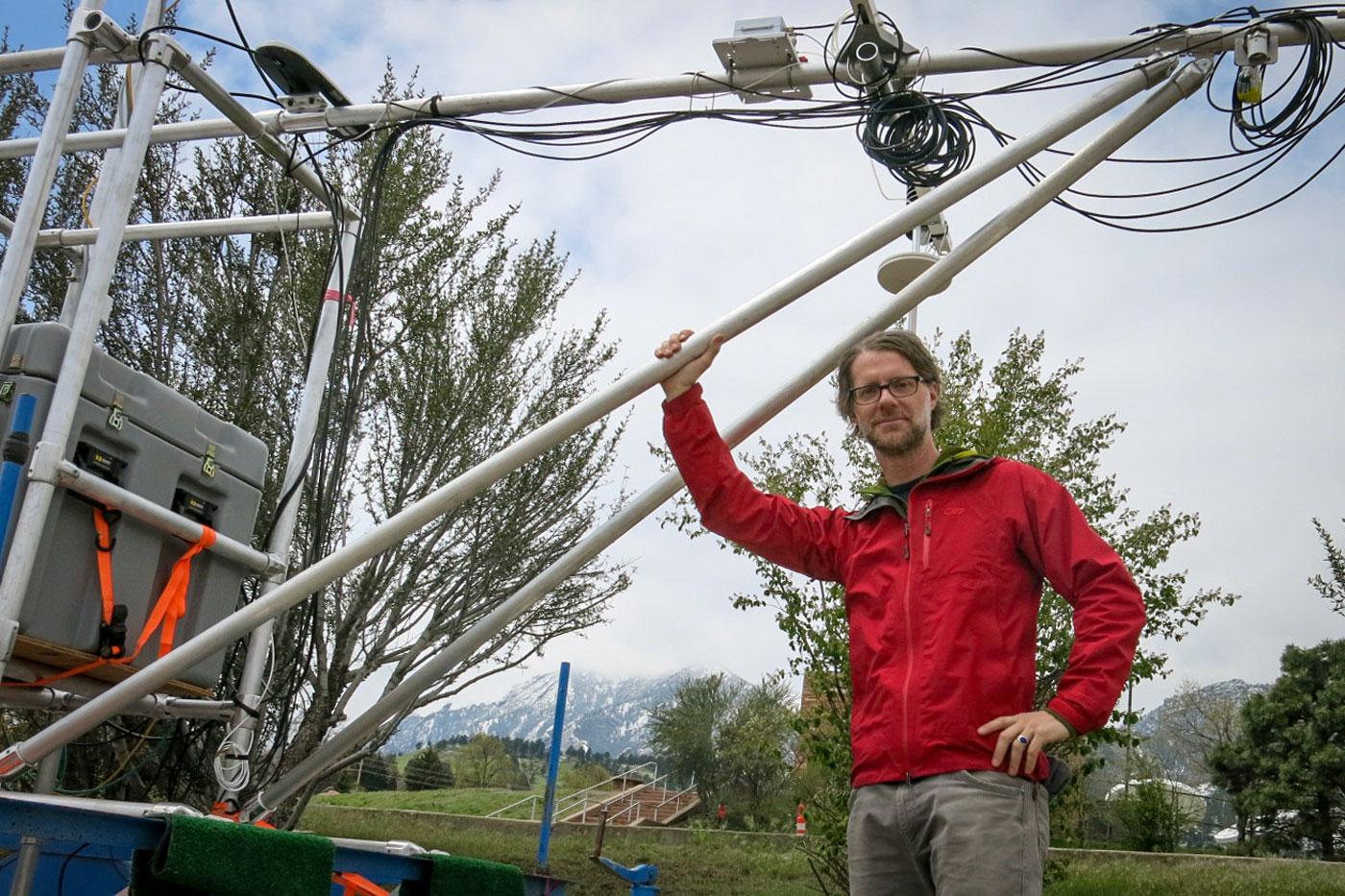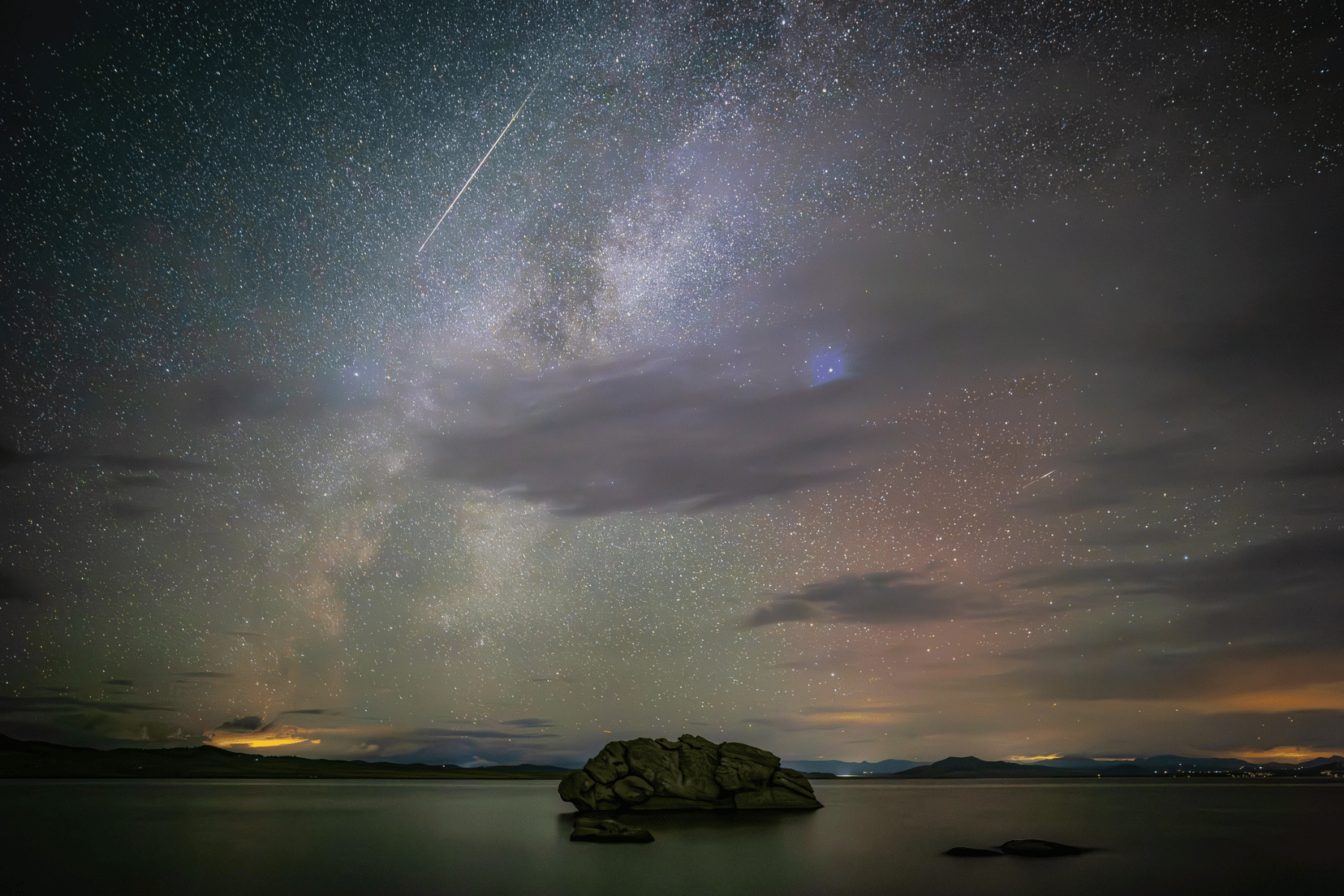

The golden age of adventurous Arctic exploration wasn’t without risk. In 1848, British explorer Sir John Franklin’s expedition to find a Northwest Passage through the Arctic Ocean ended disastrously when both of his ships, the Terror and the Erebus, were lost in the ice.
All of the ill-fated Franklin explorers disappeared and the mystery endured until the ships were discovered in 2016.
The easy lesson to learn is that you want to avoid getting your ship stuck in the ice when you head to the Arctic Circle. Unless that’s the exact reason why you’re headed there.
In September, dozens of the world’s top climate scientists will climb aboard the German icebreaker Polarstern, sail into the central Arctic and freeze their ship in the ice. They’ll drift and gather data for a year.
“This is a big investment,” said Matt Shupe, co-coordinator for the MOSAiC expedition, or Multidisciplinary drifting Observatory for the Study of Arctic Climate.
The entire effort will cost $150 million and rely on support from more than 600 scientists across 17 countries with Germany’s Alfred Wegener Institute playing a lead role. U.S. funding will come from sources like the National Science Foundation, the National Oceanic and Atmospheric Administration, and National Aeronautics and Space Administration.

Shupe, a senior research scientist at the University of Colorado Boulder’s Cooperative Institute for Research in Environmental Sciences, said the expedition has been 10 years in the making.
“It’s very much the most complex observing campaign in the Arctic that’s ever been done.” he said.
You don’t have to travel to the Arctic to get a taste of what the big trip will look like. All you have to do is visit the parking lot of the National Oceanic and Atmospheric Administration Building in Boulder.
Tucked away in a corner is a heavy metal sled with at least a half dozen scientific instruments that measure things like temperature, heat and wind speed. Shupe and his team must build two more of these contraptions before a launch in September.
Right now no detail is too small. They scrutinize things like whether to use stainless steel bolts to attach equipment to the sled. These details matter because supplies and people will only come every few months by boat.
If something doesn’t work, all solutions have to be improvised.
“Duct tape doesn’t work so well [in the Arctic],” jokes Shupe. “We’ve had similar stations like this meet a polar bear before. And polar bears like to play with things. And so you can imagine a polar bear paw kind of probing one of these instruments and causing some serious damage.”
Perhaps the biggest challenge will be months of darkness and temperatures that dip more than 30 degrees below Celsius during winter.
The isolation, the wildness of nature and the desolate landscapes are all part of what attracted Shupe to the Arctic more than 20 years ago. Between 1997 and 1998, he was part of the last big expedition that drifted in the sea ice, known as SHEBA.
“The area where we used to be for SHEBA, which used to be sea ice the whole year is no longer sea ice,” he said. “In the summertime, it’s open ocean. So, there’s really big changes.”
All the data gathered from MOSAiC will update mathematical climate models that scientists use to study the Arctic. Scientists have four guiding questions for the expedition, including how seasonal variations of heat and energy impact sea ice.
“There’s going to be a lot of discoveries that come from … understanding how sea ice in this thinner warmer arctic interacts with the atmosphere, with the ocean, with the biology and those things are likely to be different than they were 10, 20, 30 years ago” said Marika Holland, a sea ice scientist who helps build and maintain climate models for the National Center for Atmospheric Research.

Arctic temperatures have risen twice as fast as the global average over the last half-century.
Scientists want to understand what that means for marine life and biodiversity. There’s also interest in economic opportunities as shrinking sea ice opens up new shipping routes like the famed Northwest Passage that the Franklin expedition risked their lives to discover.
“Freezing a ship into the arctic sea ice and letting it drift for a year, it provides this look at the system that is sadly not something you can get any other way,” Holland said.
Polarstern will serve as the central command post loaded down with tons of scientific instruments. Over the course of a year, an estimated 600 scientists will come to the ship over the course of six legs that will range about 2 months.
Shupe will be on the ship for the first and last legs. At the start, one big goal for him will be positioning the scientific sleds, which each cost about $100,000, on the ice. They form the backbone of the operation. The whole system uses the same amount of power as a single light bulb.
One of the biggest surprises during the expedition will be where the sea ice cracks, and whether scientists need to rescue the sleds.

Dave Costa, an electrical engineer with CIRES who was also on the SHEBA expedition more than 20 years ago, remembers when a primitive version of the scientific research sled was nearly lost.
“Luckily, we had it staked down and it ended up floating on this big chunk of ice [where] we were able to rescue it,” said Costa. The solution was to call in a helicopter to lift the sled to safety.
Costa will be on the 2019 expedition and played a lead role in building the sleds. Working on them in Boulder wasn’t all that bad, but, “when it’s minus 30 [degrees celsius] in the dark, it’s tough to get your wrench out and figure out how to do that,” Costa said of any repairs in the Arctic.
Compared to the last big expedition 21 years ago, Shupe said MOSAiC will take advantage of new technological improvements. The ship they’ll freeze in the ice will be “as full as possible with as many scientists and as much equipment as we can get on there.”
Now the race is on. Shupe has only a few months to finalize the research sleds and make his way to Norway. That’s where scientists will assemble for their voyage out into the central Arctic.
The MOASiC expedition officially begins in October.









